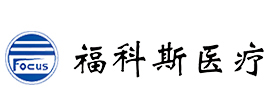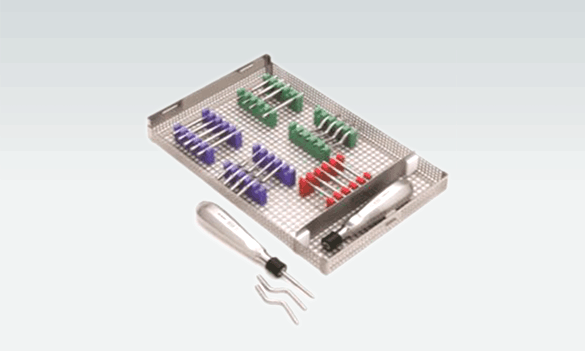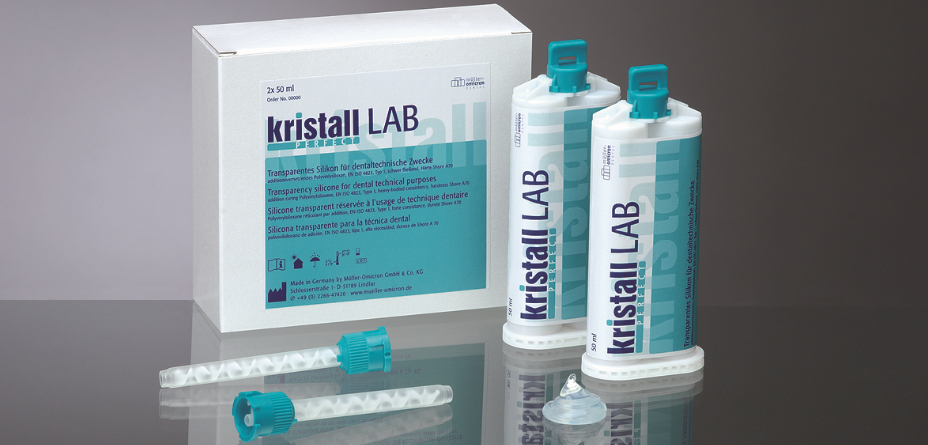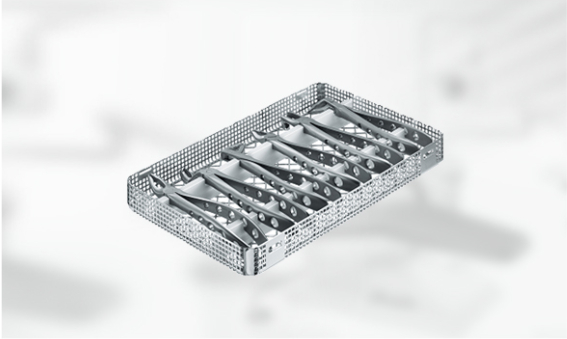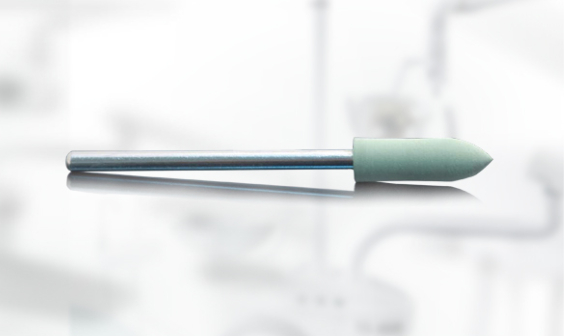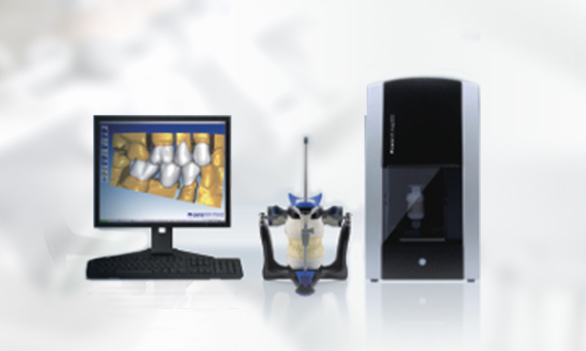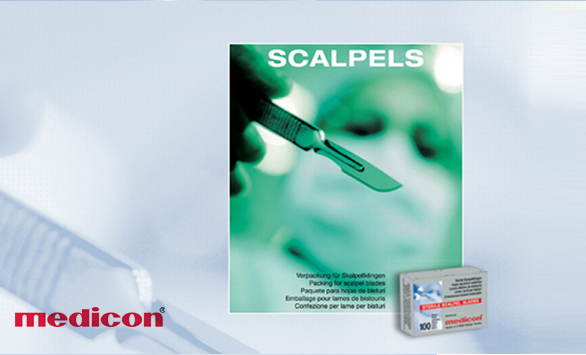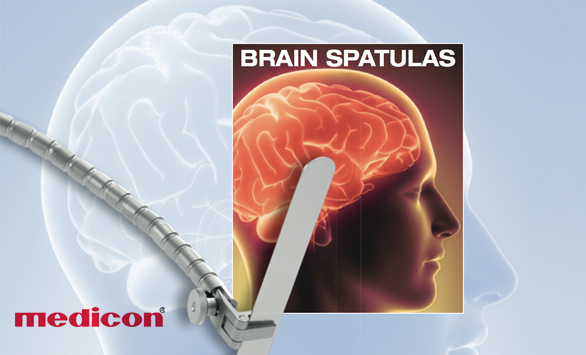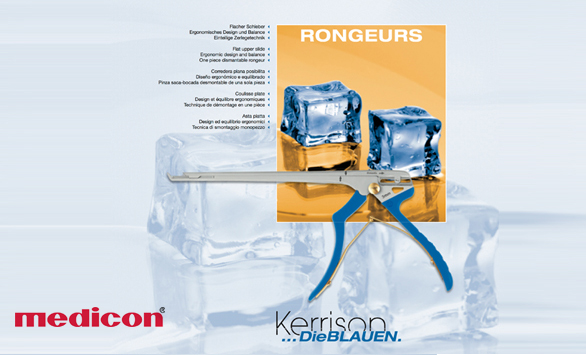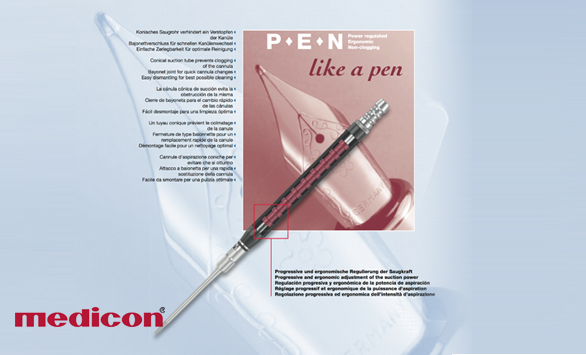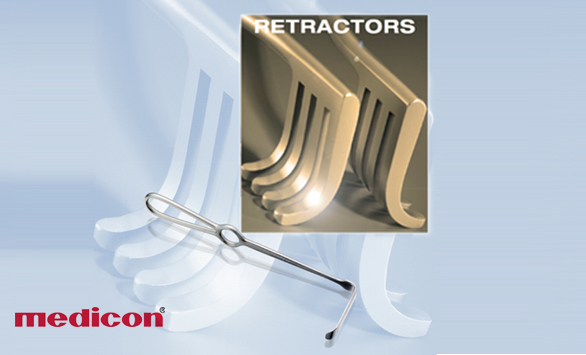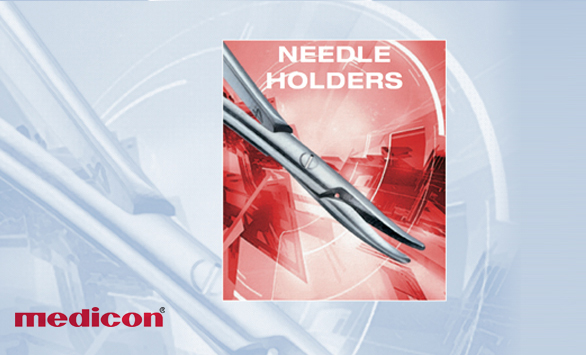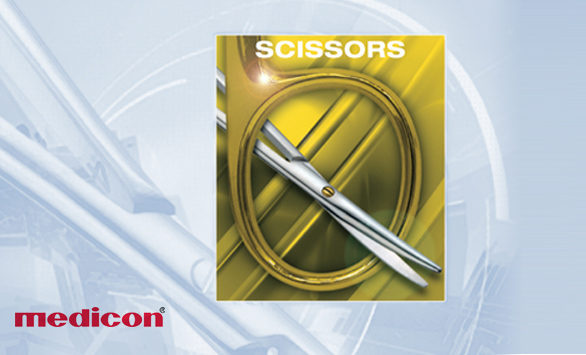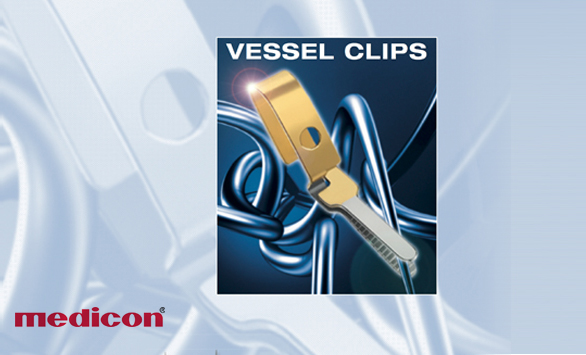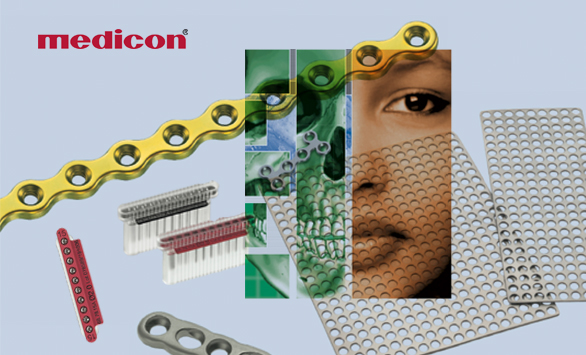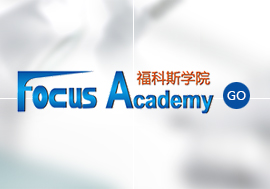
Vienna School of Interdisciplinary Dentistry
Basic Course for Dental Technicians
VieSID team of lecturers
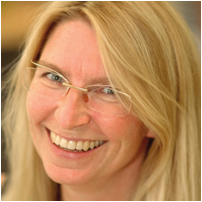 DT Karin Graichen, MSc
DT Karin Graichen, MScWorking as dental technician since 1990, opened her own dental laboratory in 2000
with currently 16 staff members.
Various further education courses and postgraduate MSc in Dental Science for Dental
Laboratory at Danube University Krems (AT).
Since 2004 giving lectures and trainings, teaching staff member in VieSID since 2008.
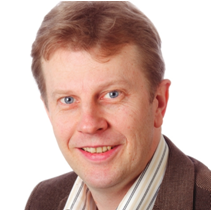 DT Rainer Reingruber
DT Rainer ReingruberOpened his own dental laboratory in 1999.
Frequently working as lecturer for dental technicians on behalf of VieSID and other institutions.
Occlusion Medicine in Laboratory Teamwork Modern dentistry is dedicated on long-lasting preservation of the teeth, with due regard being given the factors function and aesthetics. The significance of chewing as a primary function has more and more been complemented by various other functions. Speech, facial aesthetics or posture have gained in importance.
Both for the dental technician and for the dentist it is necessary to find a generally valid concept which is suitable for daily work and applicable for all areas of modern dentistry, as e.g. implantology, prosthetics and orthodontics.
Besides a well working cooperation team consisting of dentist and dental technician, there are additionally other important partners forming part of the interdisciplinary team, e.g. orthopaedists, physiotherapists, psychiatrists, osteopaths, speech therapists, radiologists, and others.For the successful implementation of a result-oriented concept a close cooperation between dentist and dental technician on equal level is an essential precondition.
Therefore it is absolutely necessary that the partners, both in dental office and in the dental laboratory, have the best possible qualification.
The aim of this course - especially designed for dental technicians and with a parallel running curriculum for dentists – is the creation of one common level of knowledge for all members of the entire interdisciplinary team.
The concept of the Vienna School of Interdisciplinary Dentistry
The concept of the Vienna School of Interdisciplinary Dentistry
Standardised procedures and the regular application of the concept guarantee a sort of control mechanism which allows the immediate identification and avoidance of any source of errors. The standardisation of working steps provides the dental technician team with a valuable tool supporting them in their professional work on the one hand and gives useful information for the diagnosis of possible dysfunctions of the masticatory organ.
The concept of the Vienna School (Occlusion Concept) follows at a maximum and in the best possible way the individuality of the human masticatoryorgan. This individuality has to be taken into account in each course of treatment, respectively in the practical implementation in the dental laboratory. Therefore it is obligatory to make a detailed standardized functional analysis in advance of each diagnosis and each medical treatment.


Craniomandibular dysfunctions often show a wide range of different symptoms and problems and can also strongly affect other body parts.
The interdisciplinary method, as developed by Prof. Dr. Rudolf Slavicek in the Vienna School of Interdisciplinary Dentistry, is aimed at the general improvement of the health status and physical condition of the patient.
The special curriculum for dental technicians
The special curriculum for dental technicians
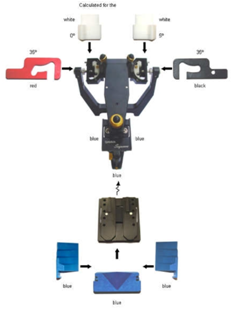
Prof. Slavicek and his experienced team of dental technicians designed this special course for dental technicians and adjusted the contents to their special needs. Many of the diagnostic and therapeutic steps in a function-oriented dental office require special preparatory work done by the dental laboratory. A main focus of this course is the specialisation of the dental laboratory in these important working steps.
In 3 modules the students receive an advanced and profound education covering various aspects of functions and dysfunctions of the craniofacial and masticatory
system, including manual competence and confidence in the various possible measures related to the work in the dental laboratory.
The complete presentation of the functional wax-up techniques of occlusion of the different variations – class I, class II, class III and cross bite – is another important issue of the curriculum.
Biomechanical principles are part of the subjects taught,but also the realization of aesthetic aspects will be covered in a practice-oriented manner.
The course is designed with a strong focus on 'hands-on' lessons for transferring the theory into practice. Thus theory and practice are in a well-balanced relation and will provide the participants with skills and reasonable treatment concepts which can easily be implemented in the daily work. Supported by a team of lecturers at the forefront of their fields, the participants will work out all necessary steps of diagnostic work-up, documentation and case planning for a number of selected patients cases.The complete presentation of the functional wax-up techniques of occlusion of the different variations – class I, class II, class III and cross bite – is another important issue of the curriculum.
Biomechanical principles are part of the subjects taught,but also the realization of aesthetic aspects will be covered in a practice-oriented manner.
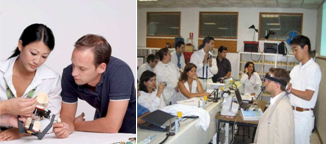
The VieSID Basic Course is designed in particular for dental technicians who look for a well founded introduction into the principles and the doctrine of Professor Slavicek's Vienna School of Interdisciplinary Dentistry.
Course subjects in detail:
Overview of course contents and course objectives
Functional anatomy and physiology of the cranio-mandibular system
Functions of the masticatory system
The central role of the functions (chewing, speech, aesthetics, bruxism ) in the physiology of the human organism, and its impact on the work of the dentist Structures of the Cranio-mandibular system
Neuromuscular system (NMS), occlusion, articulation, normal dentition, malocclusion, compensation mechanism, occlusal planes, spherics
Cybernetics, Feedback control system
Structures: CMS, NMS, Articulation
Functions: Chewing, Swallow, Speech, Respiration, Posture, Aesthetics, Stress Management
Brain: Soma, CNS, Psyche
Articulator + components
Basic construction, differences of production series
Arcon vs. Non-Arcon
mounting systems
„Split“ systems
synchronization of different systems
synchronization of different articulators
calibration and maintenance
Incisal table systems
Diagnostic extensions
- Occlusal plane measuring unit
- CPM (Condylar-Positions-Measuring)
- CPV (Condylar-Positions-Variator)
The model and model transfer according anatomic and exact hinge axis
Impression taking, centric registration (aligned to the needs of dental technicians)
Making models:
- Casts, preparation in the lab
- Pinning
- splitcast control
working processes between dental office and dental laboratorium
Face bow: coordinate system
Upper cast mounting according anatomic hinge axis
Upper cast mounting according exact localized hinge axis
Face bow systems (differences in reference planes)
bite fork systems, transfer
lower jaw mounting
Clinical photography – photo documentation in the dental lab
Exposure, lighting, flashlight, lenses, auxiliary equipment,
Camera settings, recommendations for equipment
including practical exercises
Standardized case documentation
Summarizing all necessary items of a function-oriented case documentation
Summarizing all necessary items of a function-oriented case documentation
Clinical functional analysis
Main concerns of patient
Medical history, dental anamnesis, pain anamnesis
Muscle analysis (palpation)
Neurologic assessment
including practical exercises
Condylar registration with exact and anatomic hinge axis including practical exercises
Using the Cadiax compact 2 system and Cadiax diagnostic system
Including practical exercises
Customizing and mounting the mandible clutch (tray and paraocclusal clutch) – preparatory work of dental
technician
Demonstration of condylar path registration
Analysis of eufunctional vs. dysfunctional condylar path
Individual personalized articulator programming
Patient personalized set up of condylar housing in sagittal and transversal plane,
considering retrusive movement patterns.
Simulation and evaluation of occlusion in the articulator
Diagnostic grinding
Diagnostic wax-up
Occlusal protocol
Wax-Up techniques
- functional-sequential wax up of one entire case , including aesthetic completion of
one model for each class – class I, class II, class III and cross bite
- making up of active and passive centric contacts in upper and lower jaw.
- measuring and setting of occlusal plane according biomechanical principles.
- Wax-Up of excentric guidance in laterotrusion
- Protrusive control
- consideration on aesthetics
- Function control
- Implementation of newly determined occlusion into final dental laboratory work
Cephalometrics - analysis and evaluation from the view of the dental technician
Analysis of cephalometric tracings
Connection to instrumental diagnostic
Importance of the skeletal layout of the patient
Biomechanical principles
Concept of relative condylar track inclination
Occlusal plane inclination
skeletal types , individual norms, skeletal, dental and functional values
compensation mechanism
evaluation of the lower facial height
Case documentation
Presentation and discussion of patients' cases
Summary and examination
General information about the VieSID Basic Course for Dental Technicians
certificate: After passing a final test the participant will be awarded a VieSID certificate 'Experts in Methodology and Techniques according to Professor Rudolf Slavicek's
General information about the VieSID Basic Course for Dental Technicians
Organisation: VieSID
Vienna School of Interdisciplinary Dentistry ‘The Slavicek Foundation’
Dates: VCZT14-1
Module A 27.Mar – 31.Mar 2014
Module A 27.Mar – 31.Mar 2014
Module B 12.Jun – 16.Jun 2014
Module C 23.Oct – 27.Oct 2014
Course fee: Euro 5.950,--
Lecturers:
DT Karin Graichen, MSc
DT Rainer Reingruber
Language: English + German
certificate: After passing a final test the participant will be awarded a VieSID certificate 'Experts in Methodology and Techniques according to Professor Rudolf Slavicek's
Vienna School of Interdisciplinary Dentistry'.After the successful completion of the VieSID Basic Course the participant is entitled to attend Prof. Slavicek's VieSID Continuum 'Therapy and Treatment Concepts'.
Course location:Beijing
Please contact us:Focus Medical Group 010-88612600 18611128452 wanghong@bjfic.com
Course location:Beijing
Please contact us:Focus Medical Group 010-88612600 18611128452 wanghong@bjfic.com
